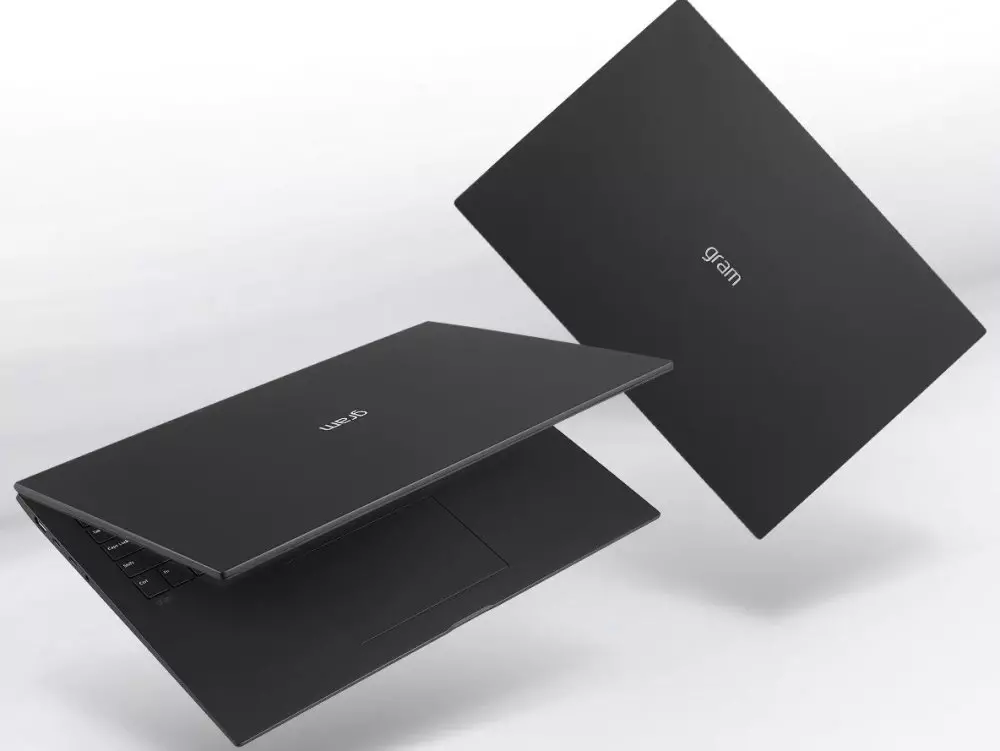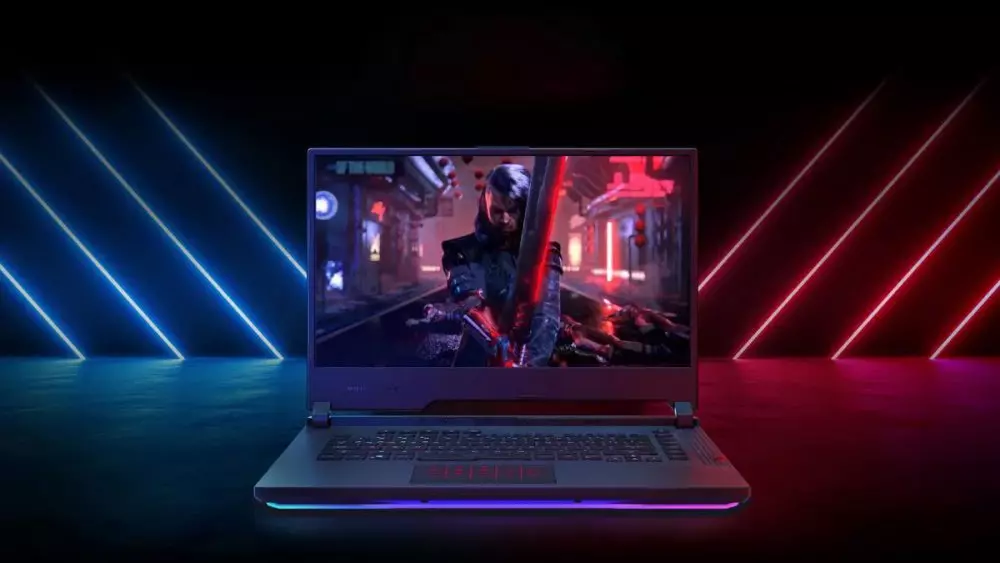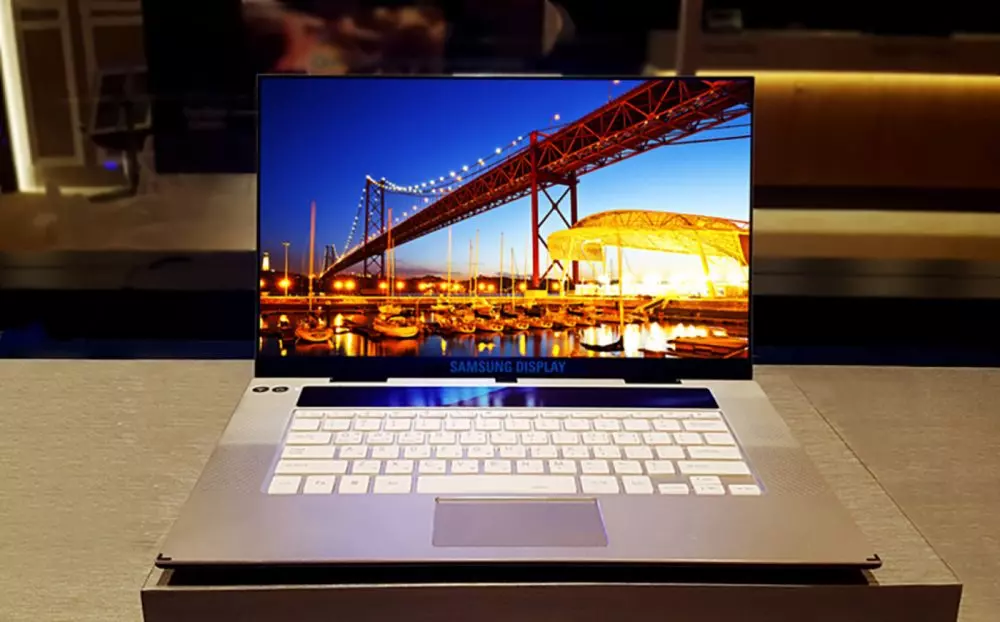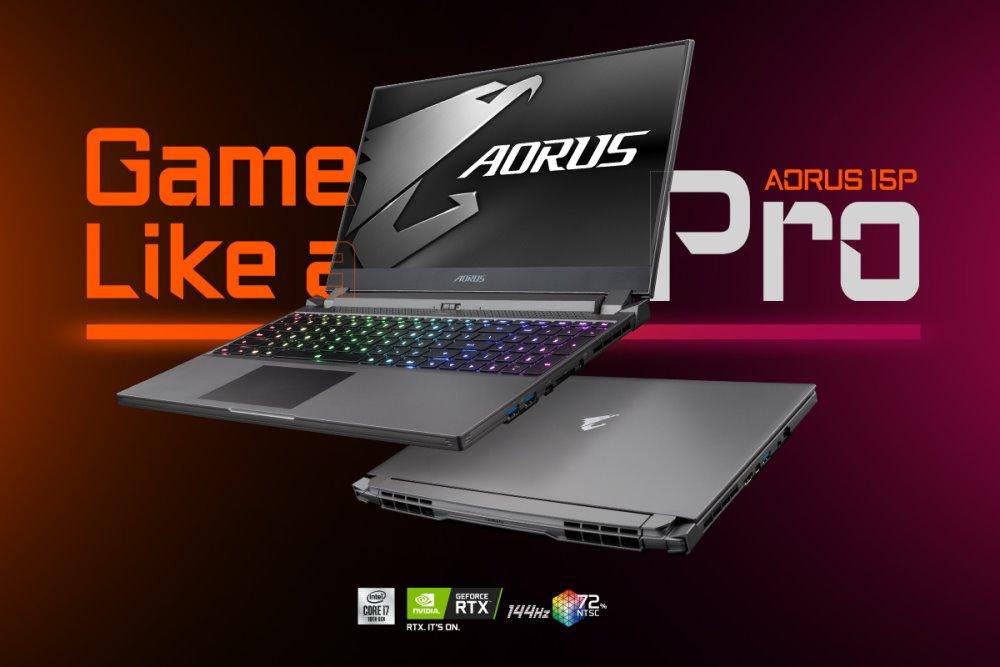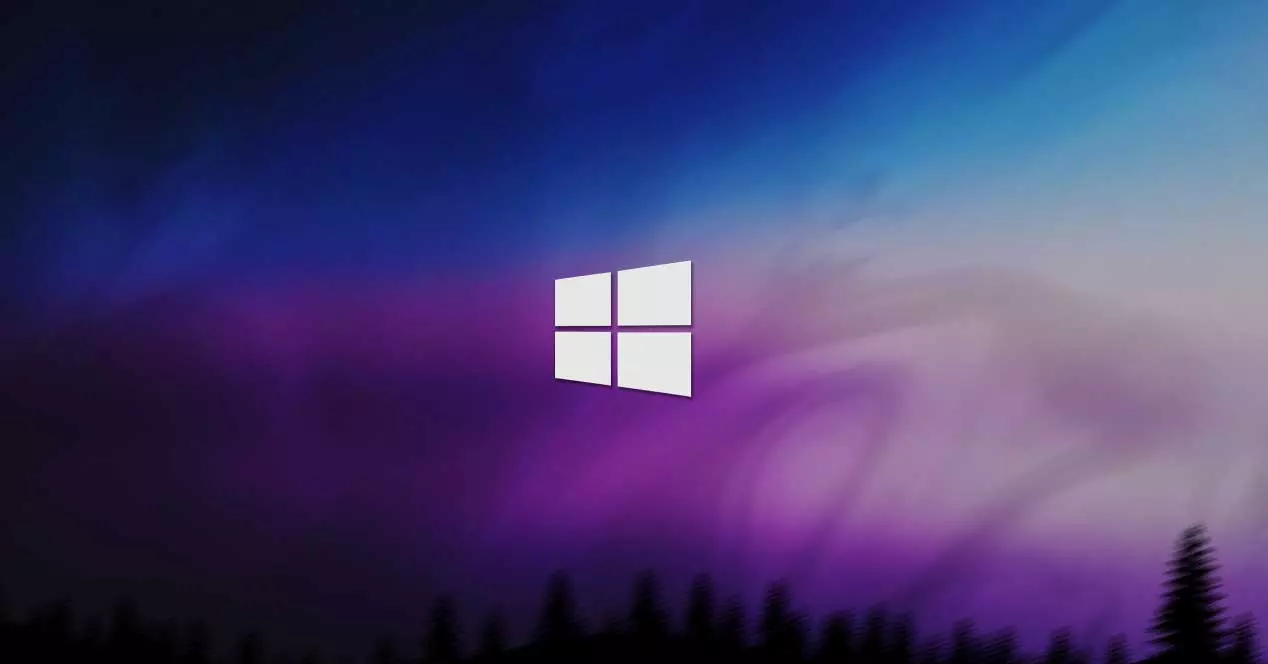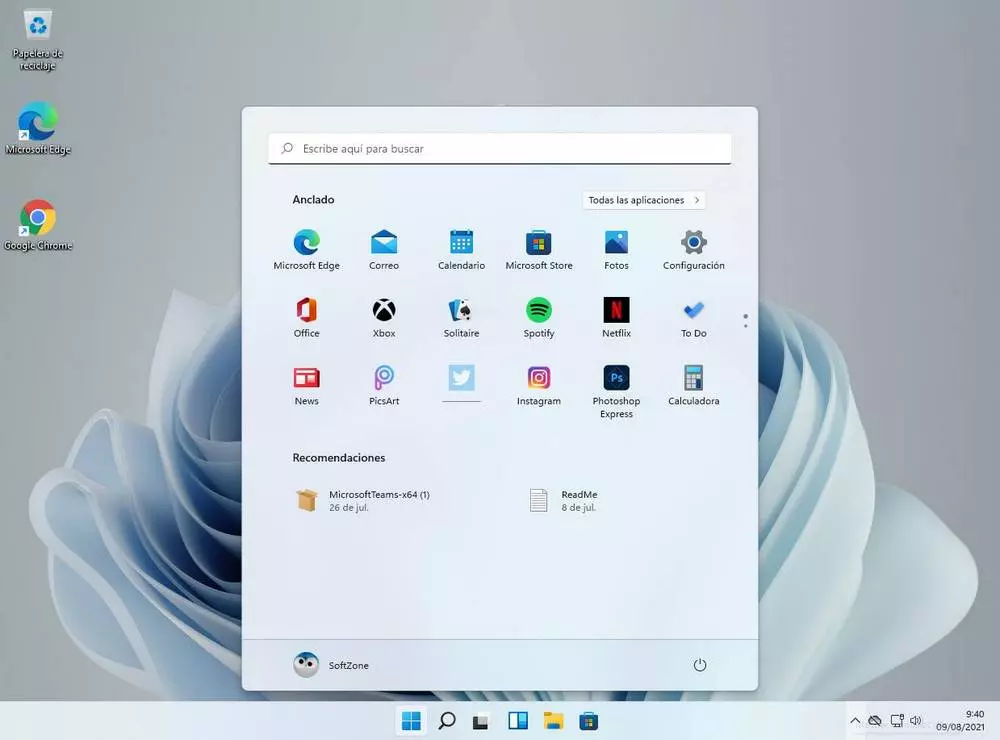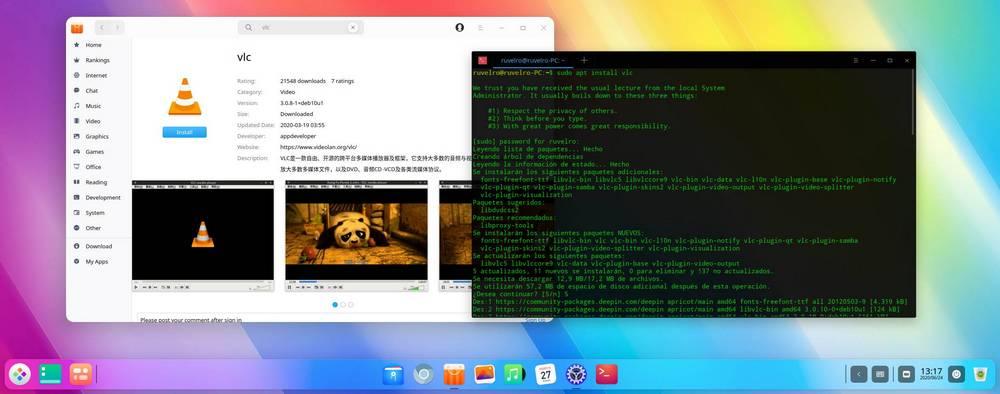
Naturally, we will spend many hours looking at the screen of our laptop. It is for this very reason that we must take into account the features and benefits that offers us the laptop screen Let’s go shopping. We will help you by indicating what parameters you should set and which are the most appropriate. We will especially focus on screen size, panel type and resolution, but we will also see other aspects to take into account.
Screen size, very important
The first thing you’ll want to consider when buying a laptop is the your screen sizesince of this depends on the size of the whole team itself. Screen size is measured in inches and is a diagonal measurement, from corner to corner; Generally, the most common sizes in laptop screens are 17.3 inches at the largest, going to 15.4 inches as the most standardized size and then we have smaller sizes like 13.3 inches and even less.
Of screen size will depend on the overall size of the computer and its weight, as well as the internal hardware it mounts. Thus, a 17.3-inch laptop may be too big and heavy for many users, but those looking for a gaming laptop will appreciate a larger screen and the fact that being a larger laptop, it can incorporate more powerful hardware by having with a better cooling system.
On the contrary, users who need to constantly carry their laptop from one place to another will appreciate smaller screens that, although they will be more uncomfortable to work with, will make the equipment much smaller, more manageable and lighter.
screen resolution
Screens are made up of thousands and thousands of pixels, which are essentially the little dots we see on screens that show different colors to make up the images we see. How much the higher the resolution (which is measured in the amount of horizontal pixels by vertical ones, for example 1920 x 1080 means that it has 1920 pixels in the horizontal line and 1080 in the vertical) more number of pixels will have the screen, which in turn means more work for the laptop’s graphics card, which, although it can give us a higher definition of the display, can significantly reduce performance.
At present, we practically no longer find laptops that do not carry as minimum Full HD resolution (1920 x 1080 pixels), although many models already have 4K screens (3840 x 2160 pixels). A 4K screen will provide greater definition, but it will also put a lot more work on the GPU, so we wouldn’t recommend a 4K display on a laptop that doesn’t have a dedicated GPU. Also note that a very high resolution on a very small screen can cause text to appear too small.
panel types
When we talk about a laptop screen, we can find a wide variety of panels just like the ones we see in desktop PC monitors. Each type has its advantages and disadvantages, which we have discussed extensively in other articles but which we summarize below:
- TN (Twisted Pneumatic): is the oldest type, and they are the most simple and cheap to manufacture, which is why in laptops they are usually integrated into low-cost models. They generally have very poor viewing angles and inaccurate color reproduction, but their response time makes them ideal for gaming.
- VA (Vertical Alignment): It is a type of panel that in laptops has been relegated to the background and there are almost no models that carry it. These panels allow high refresh rates and we can find them in some gaming laptops.
- IPS (In-plane switching): these panels remedy all the problems of the TN, with excellent viewing angles and good color reproductionbut they are slower in response time and more expensive to manufacture.
- OLED (Organic light emitting diode): all screens have an LED backlight that allows users to see the images. With traditional LED panels, the backlight illuminates all the pixels, resulting in the colors may fade or blacks appear gray; With OLED screens, you can light or unlight each individual pixel, resulting in better color reproduction and blacks that are truly black, but the downside is that these panels are very expensive and suffer from Burn In.
brightness is important
Screen brightness can have a significant impact on usability. Use a laptop at fresh air or in an area with high ambient lighting may result in you seeing the screen too dark or even discoloredso having a high brightness is something you should consider especially if you intend to use the laptop outside your home.
Screen brightness is usually measured in nits or cd/m2, and to keep things simple just remember that the higher this value is, the brighter the screen will be. A recommended value for a laptop screen is that it should never be less than 250 nits, while if you intend to use the laptop outdoors we would recommend looking for values of 350 or more nits.
Refresh rate and adjacent technologies
Although this parameter is more focused on gaming laptops, this parameter is increasingly present in more laptops. The refresh rate tells us the maximum number of images per second which supports the screen. The higher this number of images per second, the smoother the movement and the better the image quality.
Normally, in general laptops it is not usually specified and is usually up to 60 Hz, at least, in most cases. Regarding gaming laptops, the refresh rate varies depending on the screen resolution. Usually the screens with 1080p resolution are the ones with the highest refresh rates, which tend to go from 144 Hz to 300 Hz. For the 1440p resolution they tend to move between 120 Hz and 260 Hzwhile on laptops with 4K resolutionit usually moves between 90 Hz and 144 Hz.
The reason why the refresh rate drops as resolution increases, is because of the number of pixels on the screen. The greater the number of pixels, the more it costs the graphics to create the image and, therefore, reaching very high refresh rates becomes very difficult.
Also, it is important in gaming laptops that support NVIDIA G-Sync and AMD FreeSync technologies. These two technologies, at an essential level, adjust the refresh rate of the screen to the amount of FPS that the graphics card can offer. What these technologies allow is to avoid annoying effects such as image flickering, among others. Note that, within these two technologies, there are different variants with different characteristics.
Other features to consider
We have seen the most important characteristics that we must take into account in terms of laptop screens. In addition to these, we can look at other aspects, which can be quite interesting. These are:
- Color coverage: On some laptops you may see sRGB or NTSC (most common) listed and have a percentage attached. What it tells us is the percentage of the standardized color spectrum that the screen covers. The higher the portage, the more realistic the colors displayed on the screen should be
- GtG time: It tells us the time it takes for a pixel to change color, basically
- Blue light filter: This filter reduces the amount of blue light emitted by the screen and thus reduces eye strain. This has a negative part and that is that “truthfulness” is lost in the colors
- Panel manufacturer: This data is not usually given by practically any laptop manufacturer and finding this information may be impossible.
conclusion
Now you have the tools and knowledge to choose the laptop with the best possible screen. If you go to general stores like MediaMark or El Corte Inglés, finding this data can be difficult. We recommend searching for the model on Google, to find all this information, either in online stores or on the manufacturer’s website.
